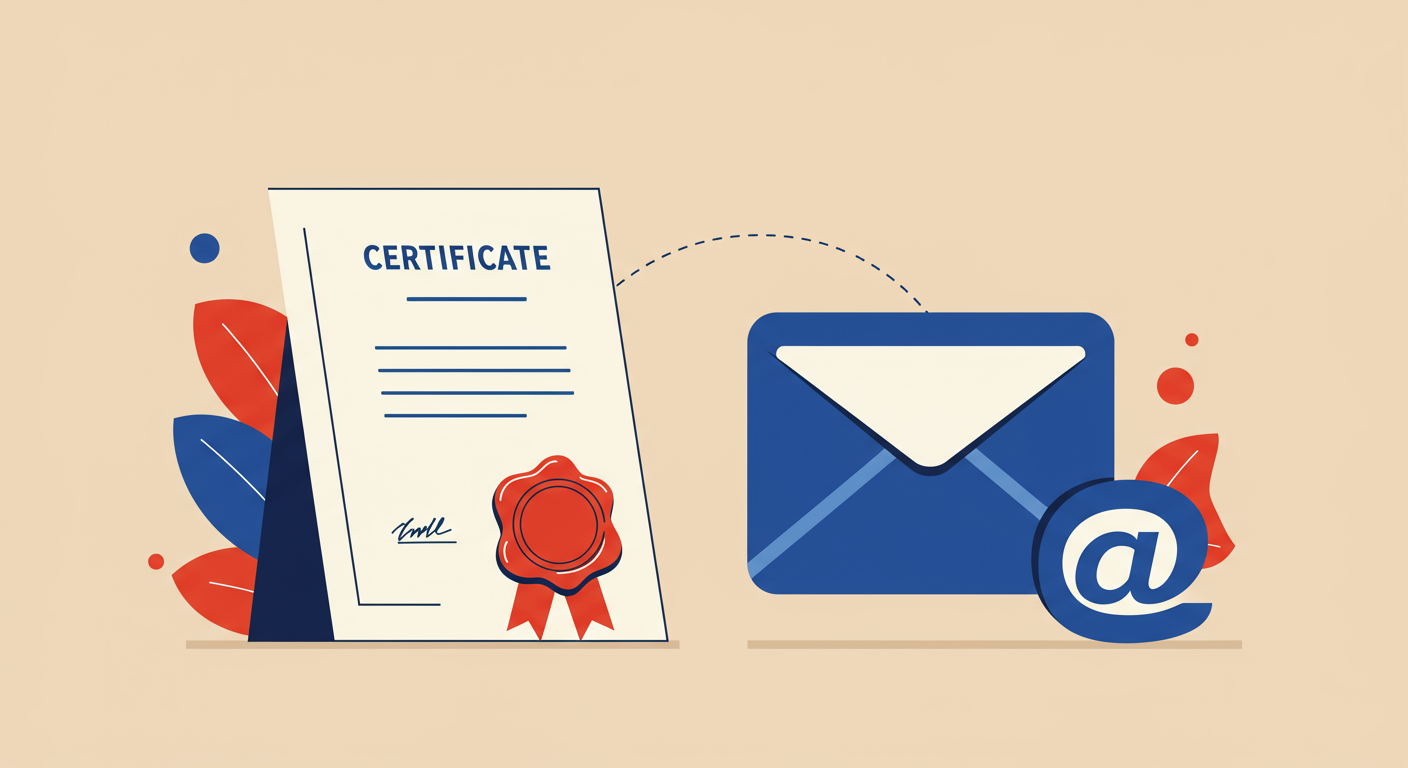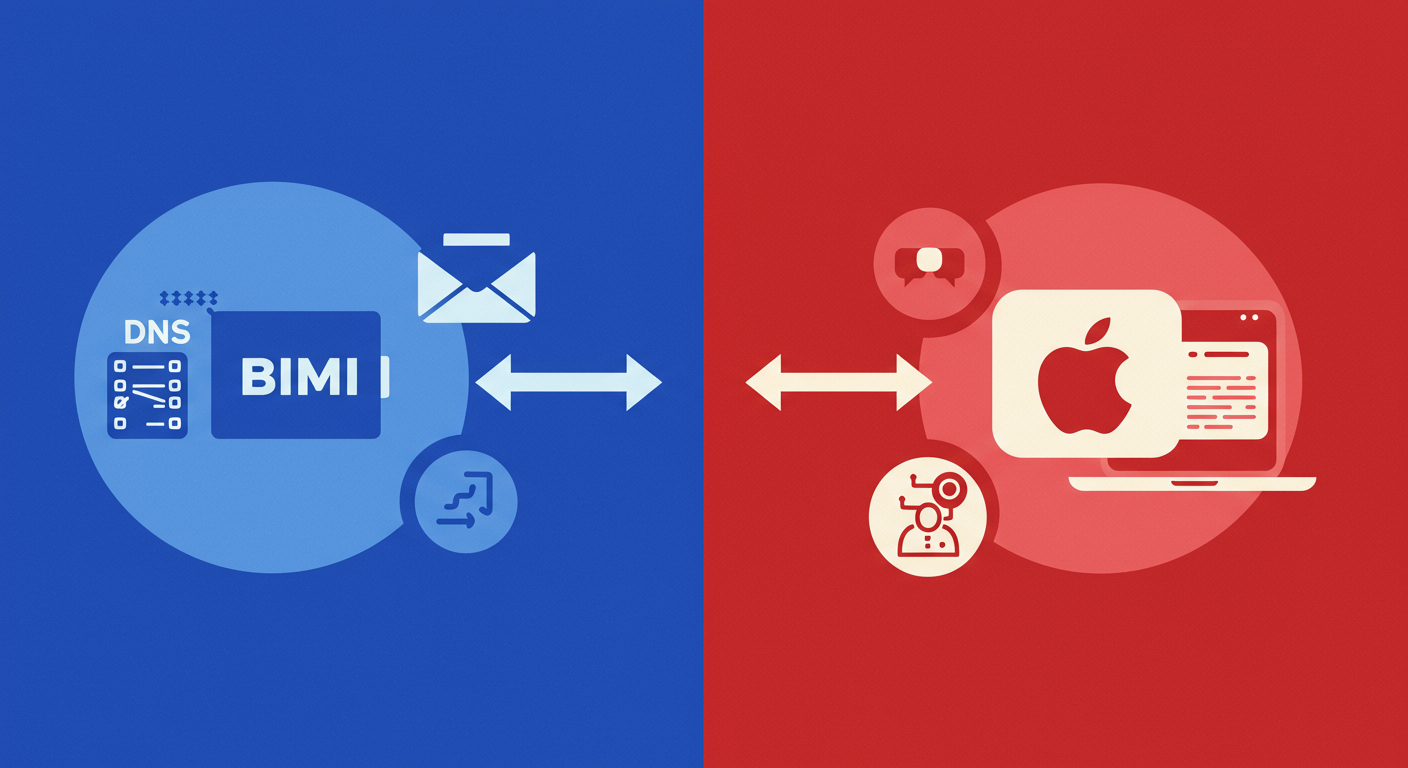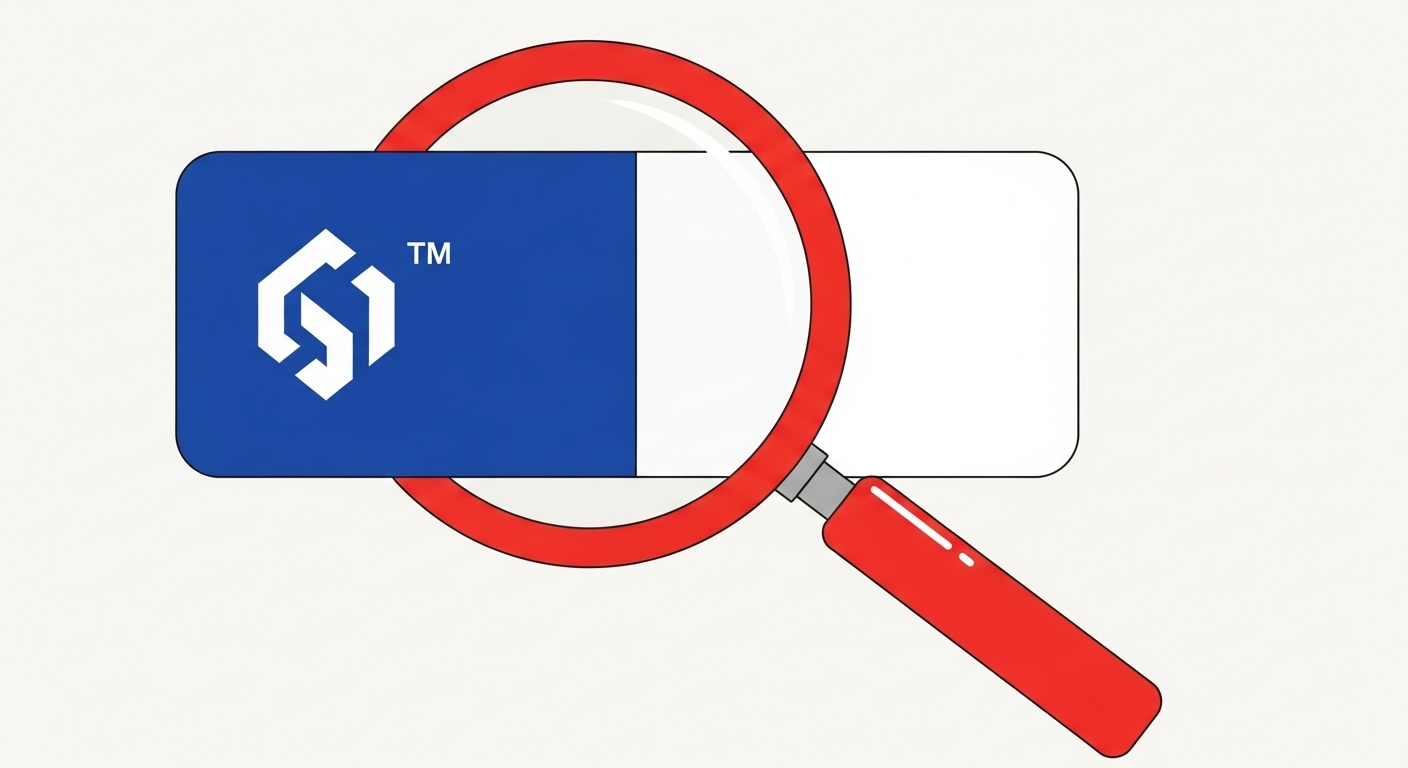
In the world of email marketing, every detail matters. Standing out in a crowded inbox is a constant challenge, and marketers are always looking for an edge. We optimize subject lines, personalize content, and fine-tune sending times. But what if one of the most powerful tools for brand recognition and trust was a technical standard that many businesses overlook? I'm talking about Brand Indicators for Message Identification, or BIMI.
BIMI is more than just a fancy acronym; it's a way to place your company's logo directly into your recipient's inbox, right next to your sender name. It’s a visual handshake before the email is even opened. While the immediate benefit is visual, the true value of BIMI runs much deeper, impacting everything from customer trust to your bottom line. It transforms email authentication from a behind-the-scenes security measure into a visible marketing asset.
However, implementing BIMI requires an investment of time and resources. It's not a simple switch to flip. This leads to a critical question for any business leader or marketer: what is the actual business value and return on investment (ROI) of implementing BIMI? Let's break down the tangible and intangible returns you can expect from this powerful email standard.
The most direct path from a marketing initiative to revenue is through customer action. BIMI has a measurable impact on the metrics that drive these actions. When a subscriber sees a trusted logo in their inbox, it immediately lowers their guard. This visual cue builds confidence, signaling that the email is legitimate and not a phishing attempt. The result is often a notable increase in open rates.
Studies have shown that displaying a logo can boost open rates by as much as 21%. A higher open rate isn't just a vanity metric; it's the first step in the conversion funnel. More opens mean more clicks, and more clicks lead to more sales, sign-ups, or whatever your campaign goal may be. This direct lift in engagement is a core component of the email marketing ROI.
Beyond the direct financial metrics, BIMI offers significant value in brand building and security. Every email you send becomes a branding opportunity. Your logo is seen even if the email isn't opened, reinforcing your brand's presence and professionalism. This constant, subtle exposure builds familiarity and trust over time, which is invaluable for long-term customer relationships.

Crucially, BIMI isn't just a cosmetic upgrade. It relies on a strong foundation of email authentication. To implement BIMI, you must first have SPF, DKIM, and a DMARC policy at enforcement (meaning p=quarantine or p=reject). This process itself is a huge win for your brand's security. It protects your domain from being used in phishing and spoofing attacks, safeguarding your customers and your reputation. The ROI of preventing a single brand-impersonation attack can be immense.
In a competitive market, BIMI acts as a differentiator. When your logo appears in the inbox and your competitor's does not, you instantly appear more established and trustworthy. This can be the deciding factor for a potential customer choosing to engage with your email over another. It's a signal that you're a professional, trustworthy brand.
It's important to be realistic about the process. As I mentioned, implementing BIMI isn't instantaneous. It requires a coordinated effort across your marketing, IT, and sometimes legal teams. The journey involves several key steps that build on each other, each providing its own layer of value.
The cost of a VMC can vary, but it should be viewed as an investment in a verifiable brand asset. It's a certificate that legally ties your domain to your trademarked logo, adding a layer of authenticity that is difficult to replicate. The cost is not just for a logo, but for the trust and security that comes with it.
To truly understand the ROI, you need to measure its impact. This starts with establishing a baseline before you implement BIMI. Track your key email marketing KPIs for several weeks or months to get a clear picture of your performance without it.
For the most accurate analysis, consider an A/B test if your sending volume allows. Create two segments of your audience. Send from a BIMI-enabled subdomain to one and a non-BIMI domain to the other. Comparing the results side-by-side will give you the clearest data on its direct impact. Remember, the journey starts with DMARC, which is foundational to this entire process.
Ultimately, BIMI is far more than a technical checkbox. It's a strategic initiative that fuses marketing and security to deliver real, measurable business value. It increases the effectiveness of your email channel by boosting engagement and conversions. At the same time, it hardens your defenses against impersonation attacks, protecting the brand equity you've worked so hard to build.
While there is an upfront investment, the long-term returns in customer trust, brand recognition, and improved security make a compelling case. In an increasingly digital world, a verified, visible brand identity in the primary communication channel with your customers is not just a nice-to-have; it's a competitive advantage.










